SteelSeries Rival 3 vs Razer Viper Mini: Comparative review
- 07 April, 2020 12:22
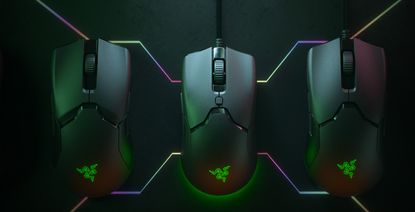
Both Razer and SteelSeries are looking to score the dollars of the budget-savvy with their latest gaming mice. We put both under a microscope and to the test to see which comes away superior: SteelSeries’ Rival 3 or the new Razer Viper Mini.
You can read a dedicated review of the Razer Viper Mini here.
Specs
Like the name might suggest, Razer Viper Mini takes the formula found in the company’s larger Viper gaming mice and miniaturized it. Under the hood, the new mouse rocks an 8500 DPI sensor with 300 IPS tracking and 35G acceleration, Razer’s own house-brand optical switches - which the company says are good for up to fifty-million clicks.
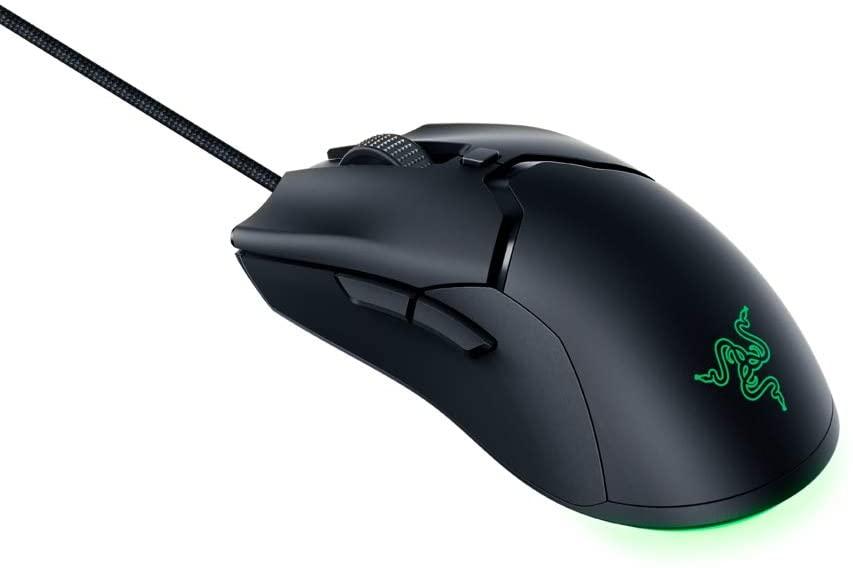 Credit: Razer
Credit: Razer That metric for durability might sound high. However, it’s worth keeping in mind that it’s actually kinda borderline absurd. Even if you racked up something like 5000 clicks per day, you’d end up taking something like 27 years to exceed that guarantee. These kinds of durability claims are dumb amounts of time but it does inspire an equally single-minded confidence. I’m not willing to spend the next 27 years using the Viper Mini to find out if it really does fall apart after 50 million clicks but I’m not expecting it to fall apart before then either.
As part of this review, I used software to start tracking my average clicks per day and ended up with an average of between 12,000 and 17,000. Now, that number isn’t comprehensive or perfectly fair. Even if I spend half my work day using a laptop, I’ve been playing a lot of click-heavy MMORPGs and I’m working from home. The number of mouse clicks I make each day is *probably* going to be a little higher than it ordinarily would be.
Even then, that leaves me with an estimated 9 years of usage before the switches inside the Viper Mini might break on me. That’s pretty decent for a sub-$100 gaming mouse.
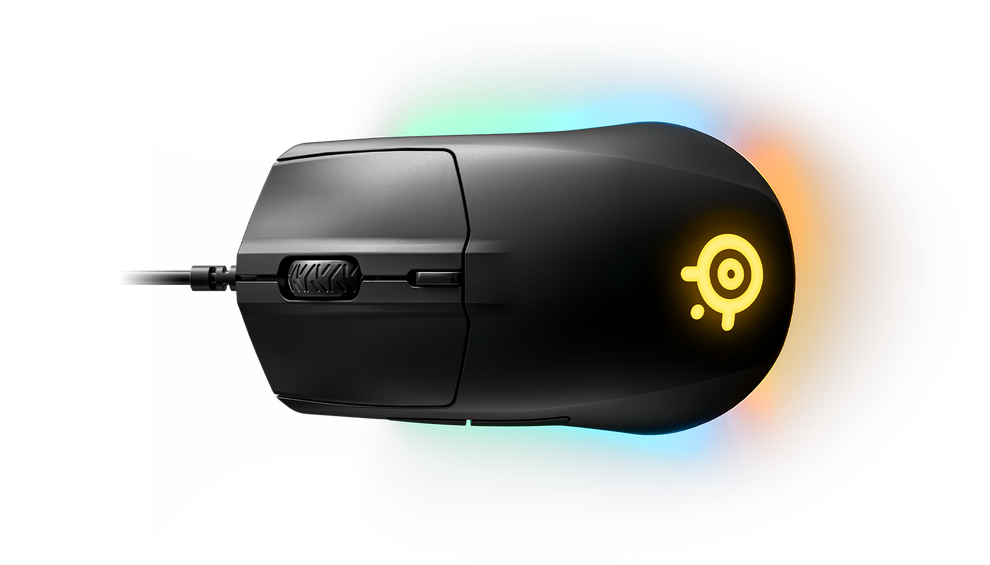 Credit: Steelseries
Credit: Steelseries For comparison, the SteelSeries Rival 3 is specced for the same 8500 DPI, 300 IPS tracking and 35G acceleration. Unlike the Razer Viper Mini, the SteelSeries Rival 3 is equipped with more traditional mechanical switches.
However, using the two side-by-side, I found that there really wasn’t that much of a difference in terms of tactility. Even if it isn’t fully mechanical, the Viper Mini feels just as satisfying to click on as its SteelSeries counterpart nor does the Rival 3 feel all that less durable than its onyx-clad competitor.
Design
As with the rest of Razer’s Viper range, the Viper Mini is a gaming mouse that’s been designed with ambidextrous use in mind. If you’re lefted handed, it’s a mouse you can buy without having to worry. It’s also damned lightweight - and lighter than SteelSeries Rival 3 - at just 61g.
In some ways though, this weight works against the Viper Mini. The matte texturing on the outside of the mouse gives it a very cheap plastic feel that doesn’t work to complement the Viper Mini’s featherweight form-factor at all.
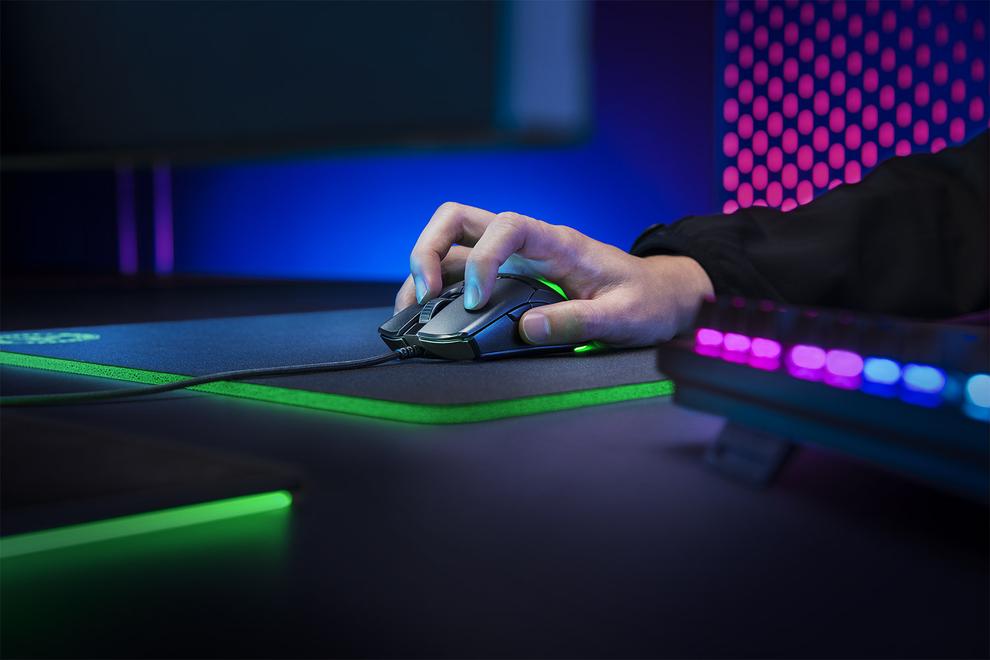 Credit: Razer
Credit: Razer Those details aside, the Razer Viper Mini looks and feels like most Razer mice. It’s all black. There’s a moody, backlit logo underneath where your palm sits. There’s a tactile scroll wheel and quick-shift DPI toggle on the top of the thing, flanked by two programmable buttons on the side.
Last but not least, there’s Razer’s SpeedFlex cable. 1.8m in length, this fabric-covered tether from the Viper Mini to your PC is one of the clearest advantages this mouse has over the more conventional Rival 3. It’s basically the same quality of SpeedFlex cable you’ll find in Razer mice that cost double or even triple the price of the Viper Mini.
Nevertheless, as someone with larger hands, the Viper Mini wasn’t always as comfortable to use as I’d like. In terms of performance, it delivered at the level you’d expect based on its specs but, all the same, it didn’t take long for me to start actively looking forward to using something a little larger. For obvious reasons, your mileage may vary here.
If the Razer Viper Mini plays up its smaller and lighter form-factor as its key raison d'etre, then the SteelSeries Rival 3 is firmly focused on bringing the aesthetics of a pricier gaming mouse to budget buyers.
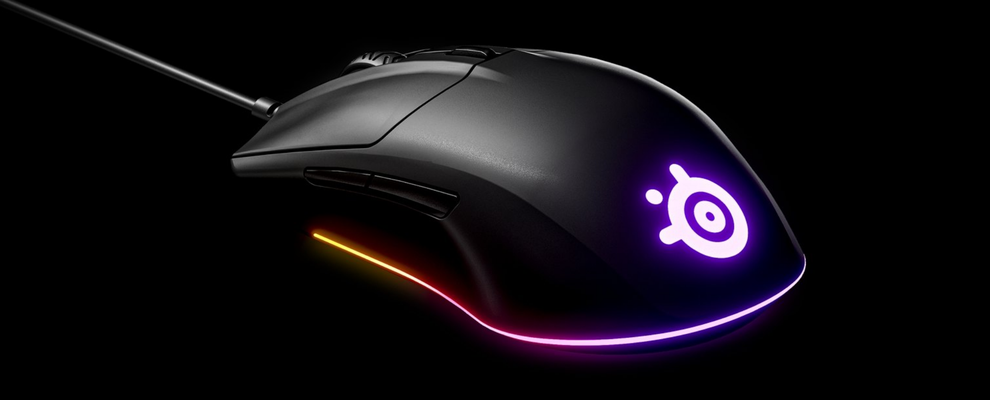 Credit: Steelseries
Credit: Steelseries To that end, the Rival 3 incorporates high-end polymers and high-durability materials. I found that this approach made a huge difference for me. Though on the whole not that different from most of the SteelSeries cadre, the Rival 3 does feel much less generic and cheap than the Viper Mini.
Customisation and RGB Lighting
When it comes to RGB Lighting, the Razer VIper Mini is surprisingly tame.
Corporate branding aside, there’s a single lighting zone on the mouse - which is all too often concealed by your hands when in use. Still, as you’d expect, it does play nice with Razer’s Chroma ecosystem. This is a definite plus if you own any other Razer hardware. If not, well, it’s a place to start and a reason to hope for more news on RGB interoperability in the near future.
 Credit: Razer
Credit: Razer The Viper Mini also integrates with Razer’s Synapse software, which you can use to reprogram the buttons on the mouse or tinker with the peripheral’s on-board memory profiles.
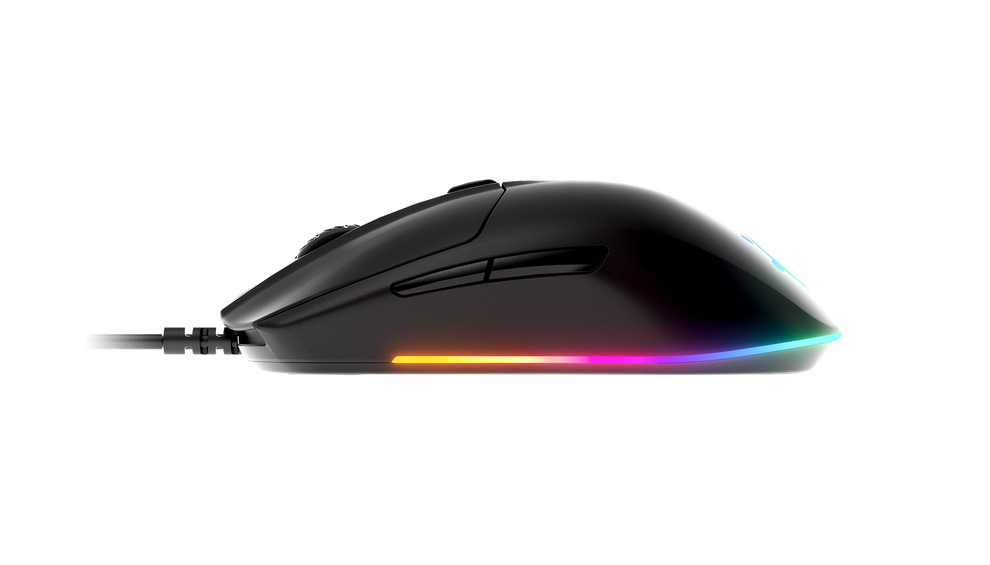 Credit: Steelseries
Credit: Steelseries It’s a similar story with the Rival 3. SteelSeries latest neatly integrates with their Engine software. This lets you customize the buttons and on-board memory profiles on the mouse. This is all standard stuff at this point but it's always better to see it than not.
The RGB lighting strip on the SteelSeries Rival 3 is a little less wide than that found on the Viper Mini but stretches around the more of the mouse overall. I found this made for a better - or at least more noticeable - visual effect.
Price
In Australia, the Razer Viper Mini will be available for AU$69.95. New Zealand gamers will be able to nab the mouse for NZ$79.95. You can buy it on Amazon here.
Meanwhile, the SteelSeries Rival 3 is priced at AU$69. You can buy it on Amazon here.
The Bottom Line
When it comes to the merits of the Razer Viper Mini, the conversation you’re having is ultimately about compromises. Razer didn’t make a mouse this cheap without cutting a few corners and, aside from the obvious differences in feel-factor, the differences between the Viper and Viper Mini tell most of the story.
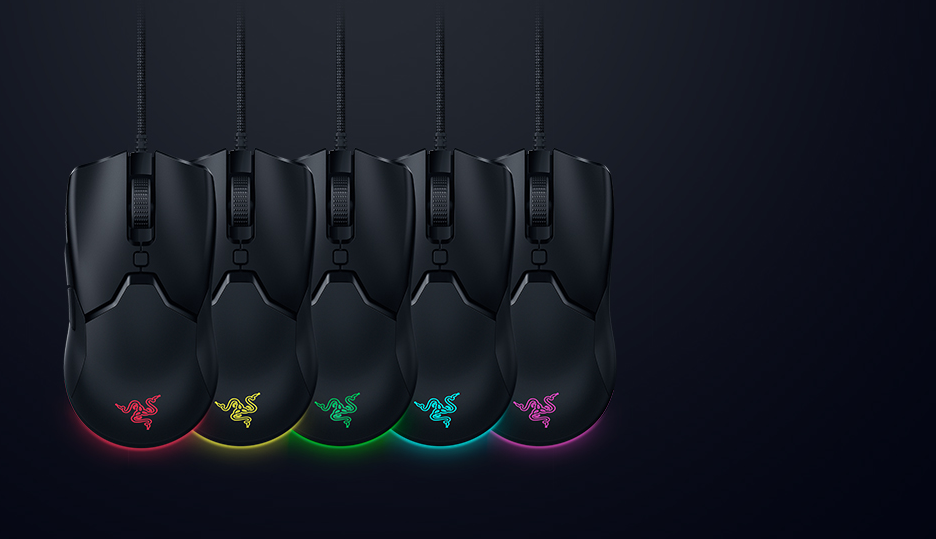 Credit: Razer
Credit: Razer The Viper Mini is lighter than the other options in the Viper family. It doesn’t support wireless use nor does it have the level of high-end precision found in the regular Viper and Viper Ultimate. If either of those things matter, then the premium Razer are asking for might be worth paying. If it doesn’t or you’re keen on the smaller physical footprint, then you could probably get by well enough with the Viper Mini. It’s not the best gaming mouse money can buy but it’s still a pretty accomplished and affordable effort.
On the other hand, The SteelSeries Rival 3 is a more succinct package. It’s trying to be a budget gaming mouse that doesn’t feel like a budget gaming mouse and while it doesn’t get all the way there, it gets far enough along the road that I’m inclined to recommend it to those unswayed by Razer’s featherweight pitch.
Looking for something a little more powerful or wireless, check out our guide to buying the best gaming mice here.
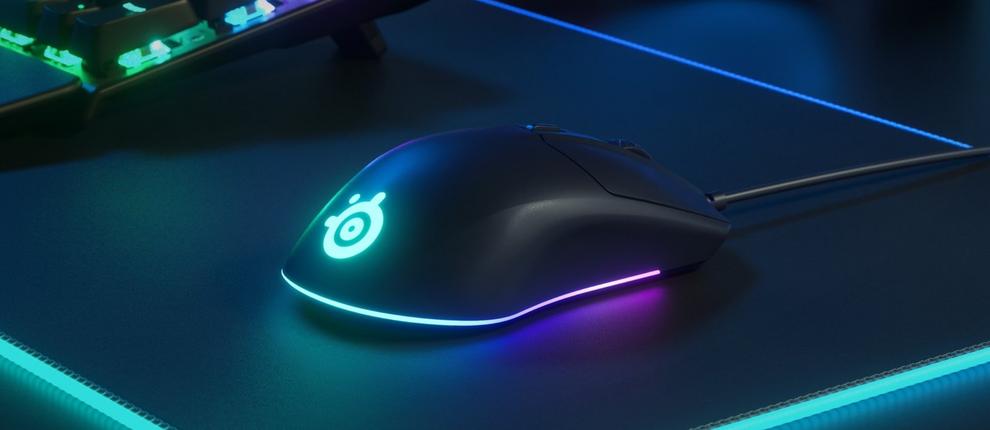 Credit: Steelseries
Credit: Steelseries 




